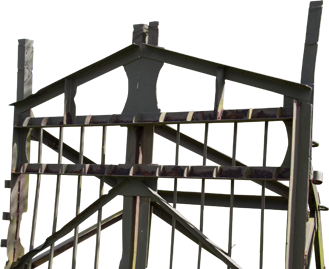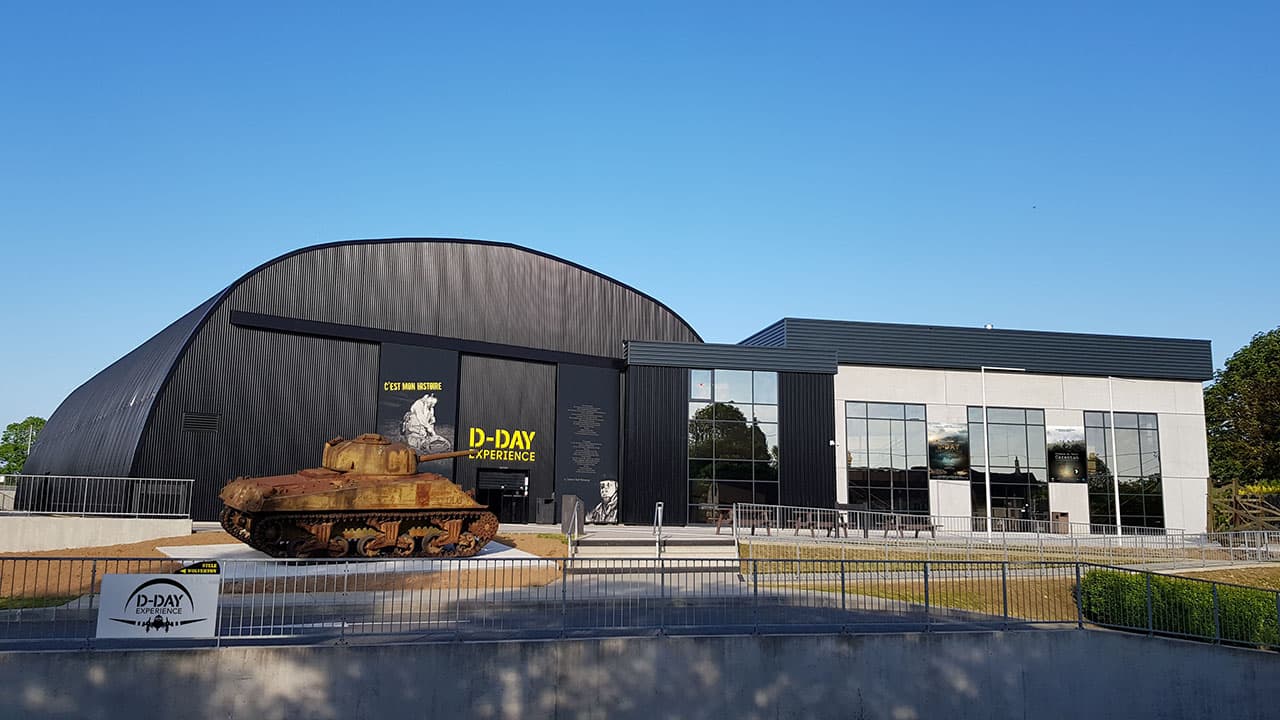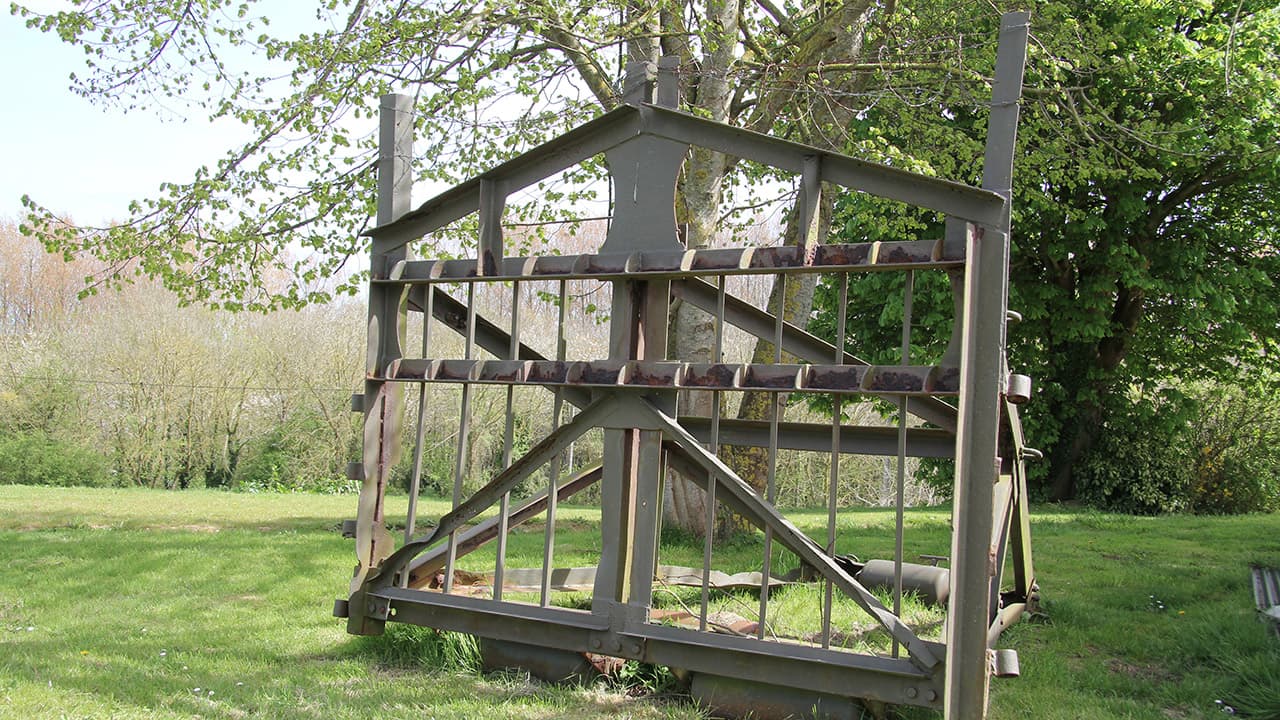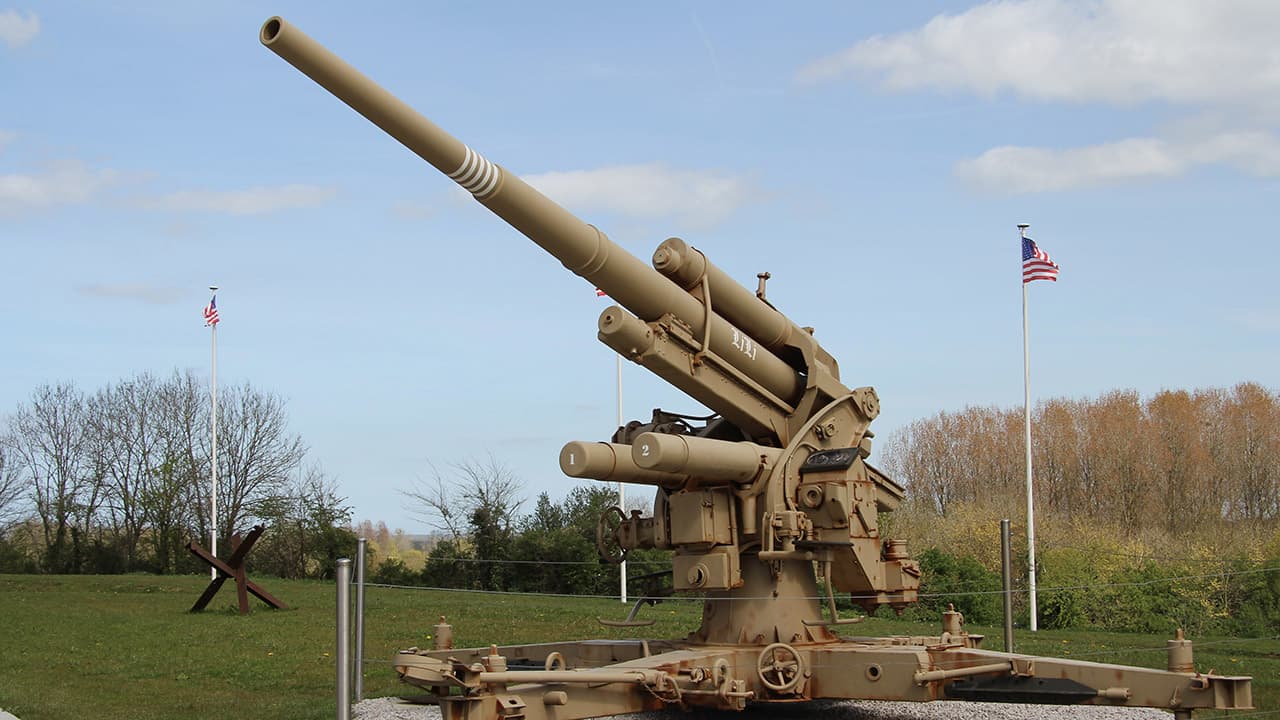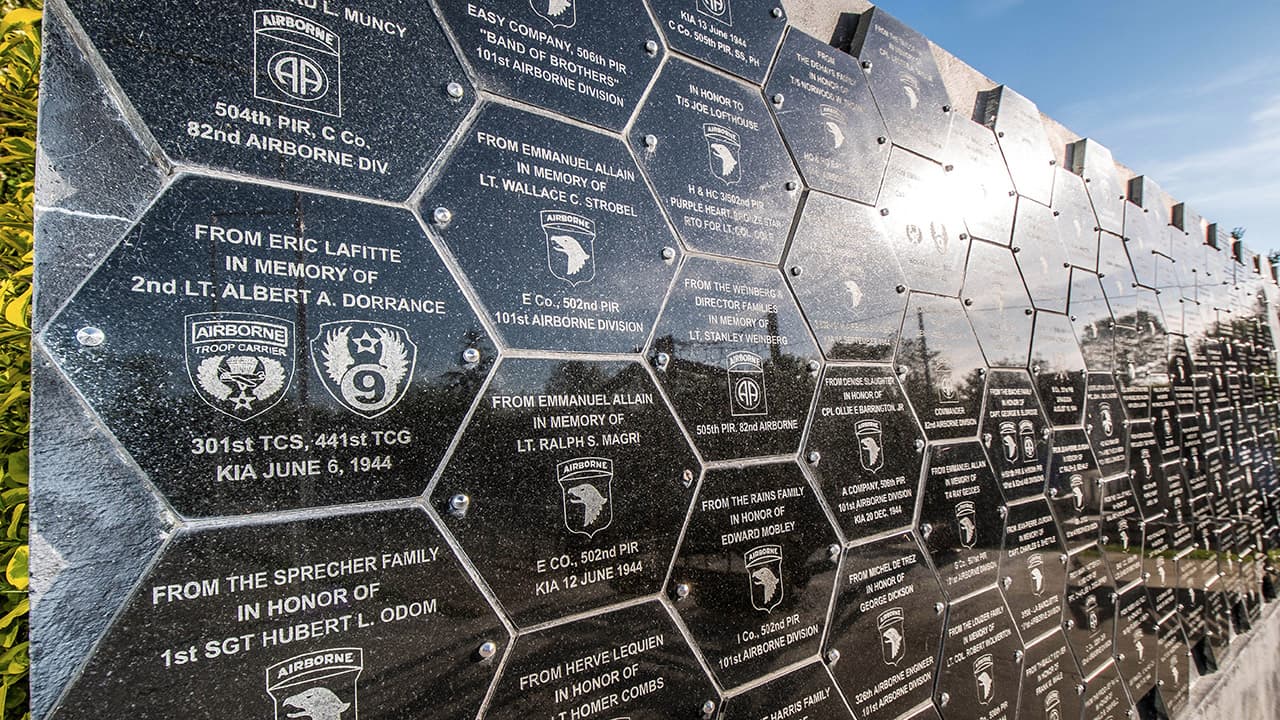Outside the museum, you can continue your visit by discovering the artillery and defense equipment and also the Airborne wall, a unique place of remembrance where you are free to contribute to erecting a stone.
Outdoor area
Continue the experience
Airborne Wall
The Airborne wall memorial has been erected to pay tribute to the men who fought during the Second World War. Inaugurated back in June, 2014, the Airborne Wall already holds over a hundred commemorative stones placed in honor of these airborne troop men.
You can also contribute to erecting a stone. Each stone costs €275 . This amount covers the purchase of the stone, the engraving and placement on the wall. A small amount is given towards the Carentan Historical Foundation.
Place your stone in honor of the soldier of your choice*, by completing the available form below:
*Soldier member of the airborne troops who fought in the Second World War with an airborne unit in Europe (or attached to an airborne unit) or who dropped paratroopers in action as part of the Troop Carrier Group.
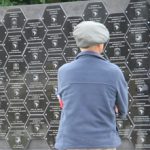
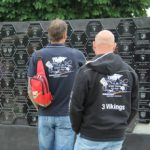
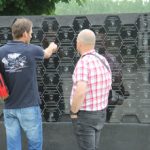
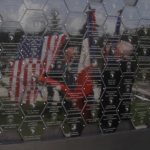
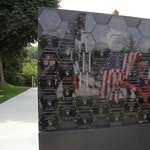
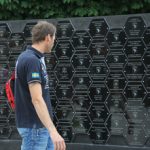
88MM German Gun
This 88mm German gun made in Germany was one of the most used weapons of artillery by the German anti-aircraft troops i.e Flak in the battle of Normandy. It was dreaded from the Allies due to their high firing rate, scope and precise target during the anti-aircraft shootings (approximately three times as powerful as the Allies’ weapons). These guns also equipped German armored vehicles and caused numerous losses.
Recently repainted, this rare authentic item can be seen outside the museum.
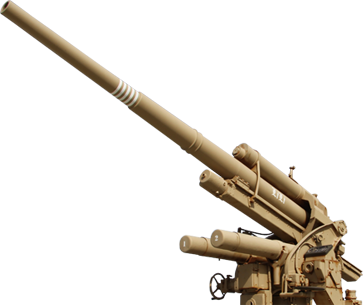
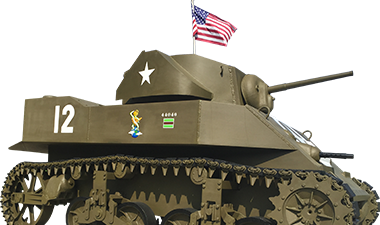
Stuart Tank (M5)
This American M5 Stuart Light Tank was made between 1942 and 1944 and mainly served a purpose of gratitude on the ground.
June 7, 1944, the tank no 12 of the 70th Tank Battalion was destroyed opposite the historical house. The crew will be killed and the tank commander corpse will remain suspended on the turret during several days giving thus the legendary name of Dead Man’s Corner to this place.
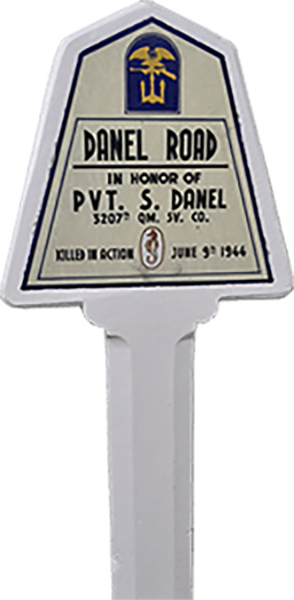
1st Road Marker Memorial
These signs were made at the request of Colonel Caffey, Commander of the 1st Engineer Special Brigade on Utah Beach on June 6, 1944, to honor his 43 men killed in action during the Normandy Campaign between June and August, 1944.
Pvt. Serge DANEL
His real name is Serge Djeniladze. Serge Danel was born on March 20th, 1911 in Ekaterinoslav, Ukraine and emigrates to the United States on August 2nd, 1923 when he will be naturalized American citizen on December 13th, 1938
Assigned to the 3207th Quartermaster Service Company, 1st ESB, for the Overlord Operation, the Pvt. Danel lands on Utah Beach with the first assault waves in the morning of June 6, 1944. Serge Danel will be killed by an allied shooting on June 9, 1944 during a patrol around Carentan, and is buried in the American cemetery of Colleville-sur-Mer today (Contact C, Row 10, Engraves 18).
Steel Gate (Cointet Barrier)
Also called C-Element, these defense barriers were used at first by the Belgian army during the German invasion. The latter took ownership of said defense system and placed it along the Atlantic Wall and more particularly on the landing beaches. Once tucked into one another, the steel gates then formed a wall and were placed on the ground and used as obstacles to slow the enemy down. The Americans decided to take these defenses apart to fix them onto the tanks during the battle of the hedgerows in June, 1944. Armored vehicles had then the capacity to push hedges away rather than crushing them, and were not thus exposed to the enemy shootings.
Located outside the museum, this C-element is one of the five last remaining in the world, to date.
